Curved façades can help create architecturally appealing steel structures and may even reduce the effects of wind loading. However, careful coordination is needed between engineers, contractors and glaziers when locating façade attachments. Providing adequate tolerances and avoiding field fixes can prove to be more challenging for curved façades than for conventional rectangular ones.
The Edge-Tie™ system tackles this problem using a continuous anchor channel for façade attachment that can be curved to follow the contours of the structure. This provides continuous adjustability along the curved channel and reduces the necessary coordination when locating attachments. Field labor is also reduced as façade attachments can be bolted directly to the Edge-Tie channel rather than having to field weld or cut through pour stops to access embedded anchors.
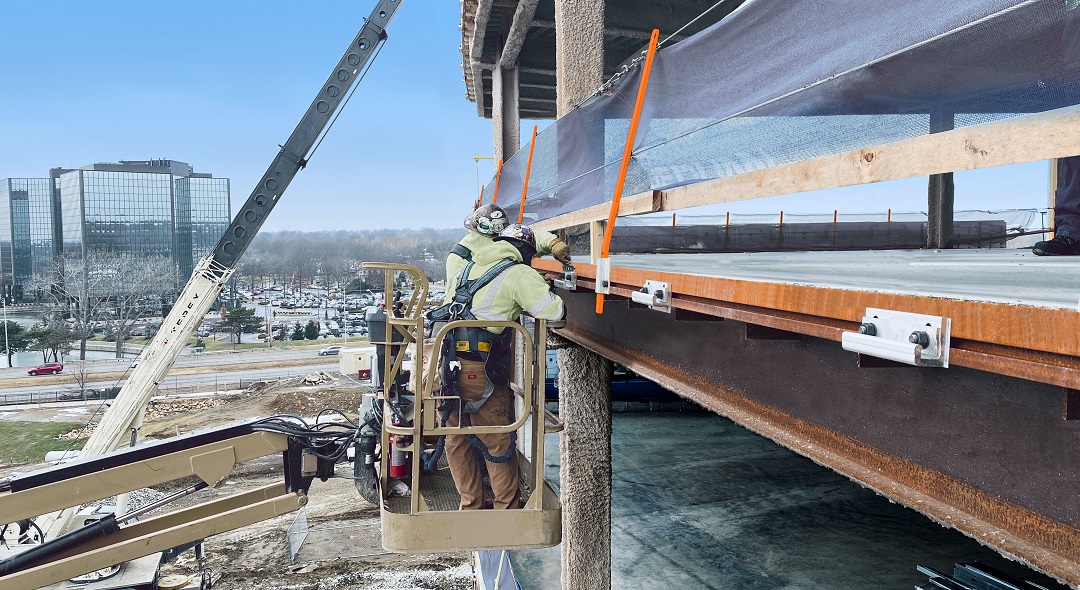
The process of curving structural steel is often referred to as rolling. Structural steel is passed through a set of rollers while lateral force is applied to bend the steel to a desired radius. Shapes can be rolled in different orientations depending on the needs of a project. For example, wide flange beams can be rolled in either the weak axis (the easy way) or the strong axis (the hard way). The Edge-Tie channel can be rolled with its horizontal leg pointing either in or out, similar to structural steel angles.
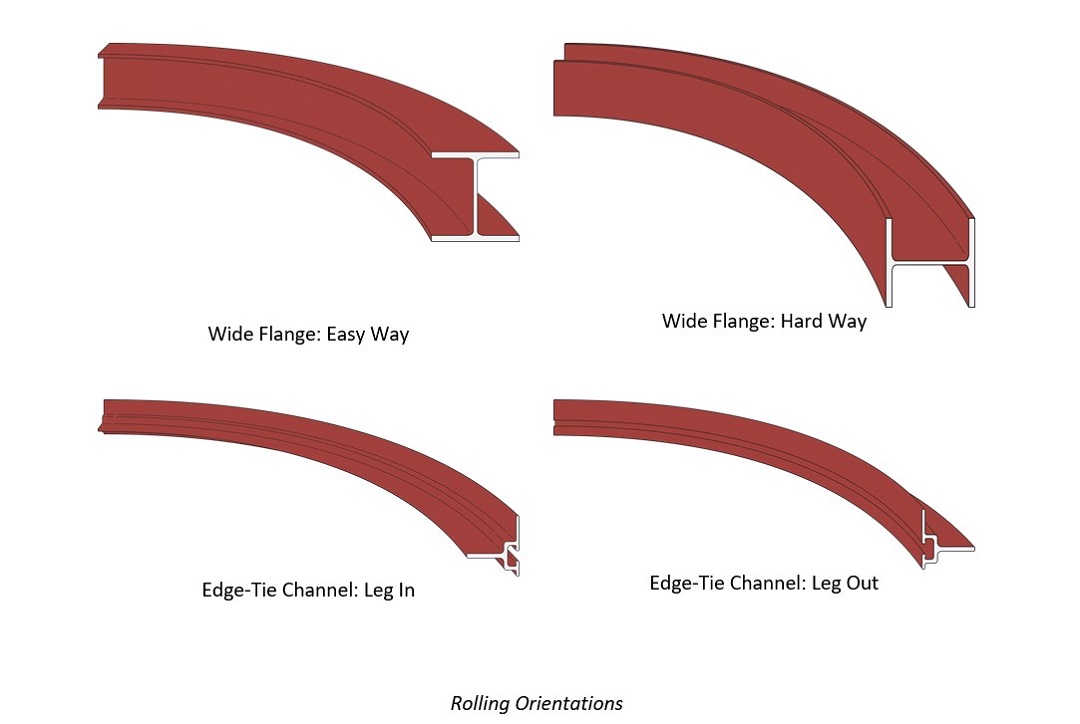
The radius (R) of a rolled piece of structural steel can be determined by measuring the length (L) of a chord and its corresponding arc height (h) and then using the formula shown below.

To study the stability of the Edge-Tie™ channel profile when rolled, samples were tested at Shaped Steel, a curved structural steel specialty fabricator in Liberty, Missouri. The samples were rolled to incrementally tighter radii starting at 100’, down to 20’. This procedure was carried out in both the “leg in” and “leg out” directions. Measurements were taken along the length of the channel after each pass, verifying that the channel profile dimensions remained within specified tolerance.
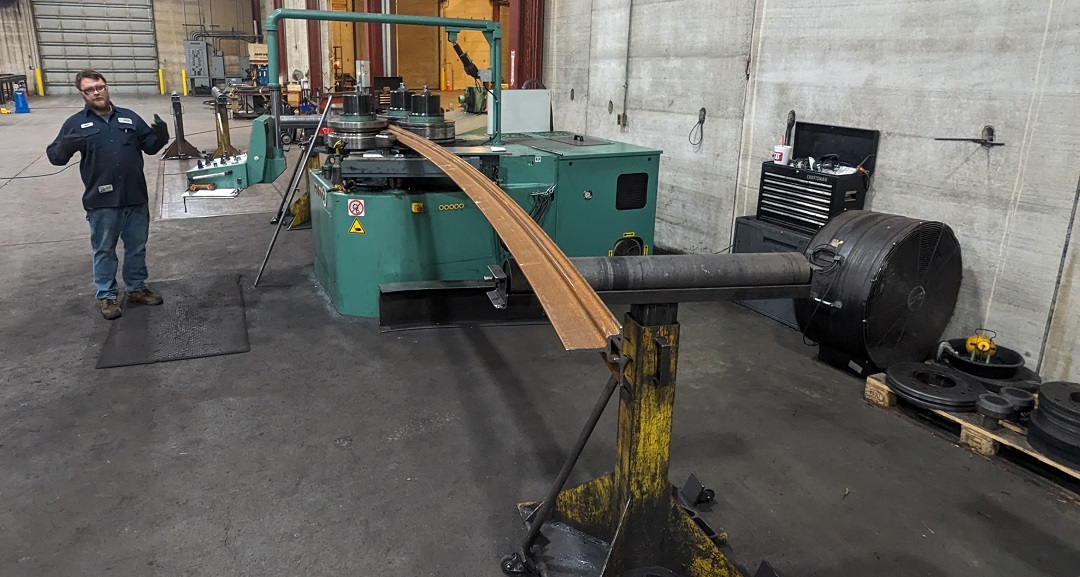
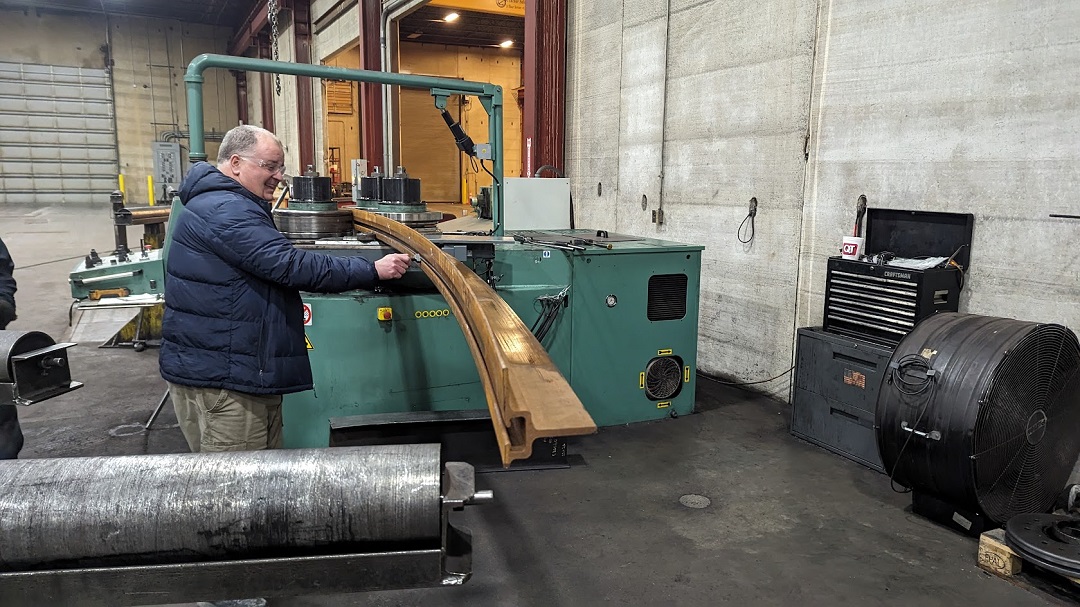
Rolling the Edge-Tie channel can provide glaziers with speed and flexibility when attaching façades to curved structures. It can provide engineers and fabricators with flexibility too. The Edge-Tie channel can be rolled to the desired radius and then attached to a rolled spandrel beam. Alternatively, the spandrel beam can remain straight, and the rolled channel can be supported by outriggers.
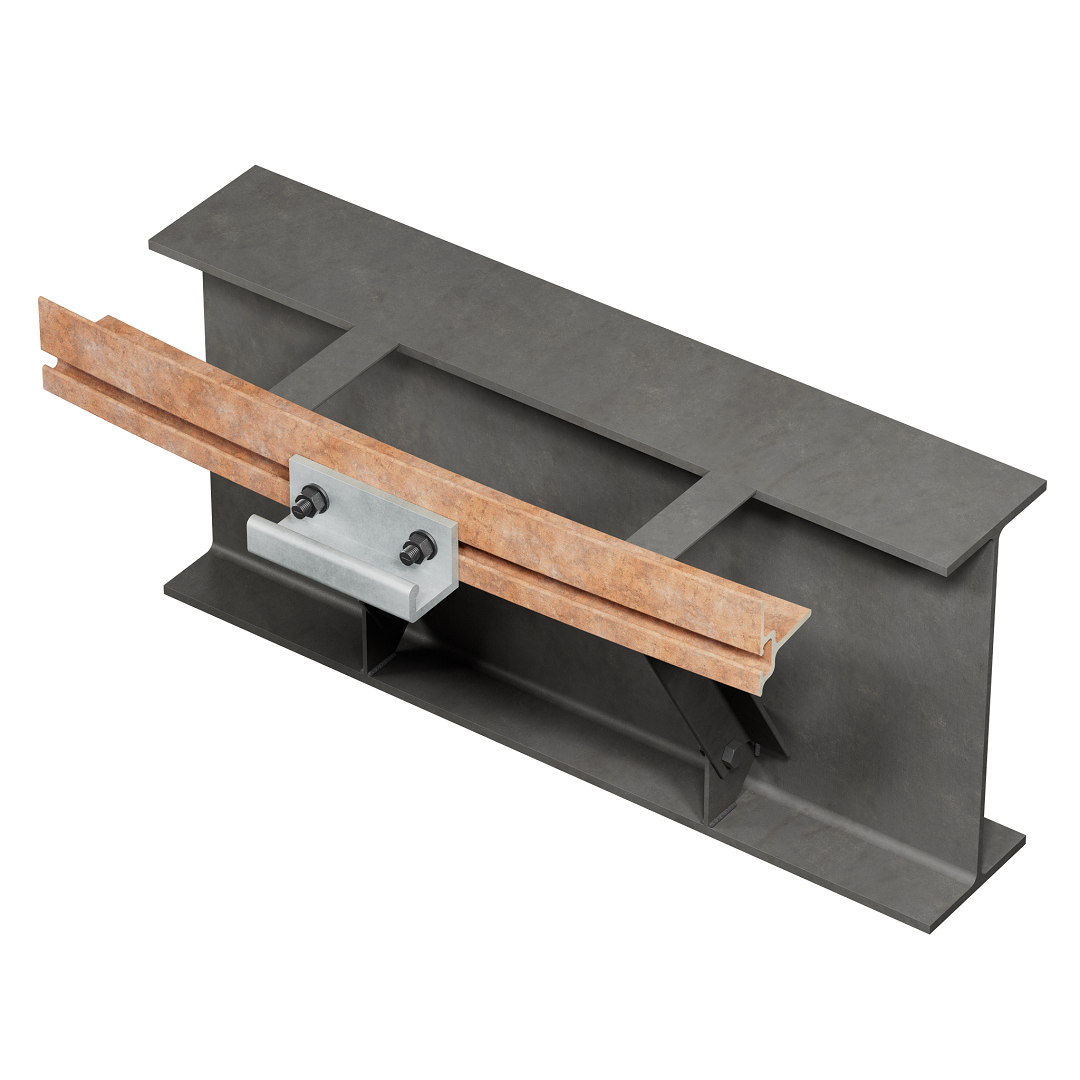
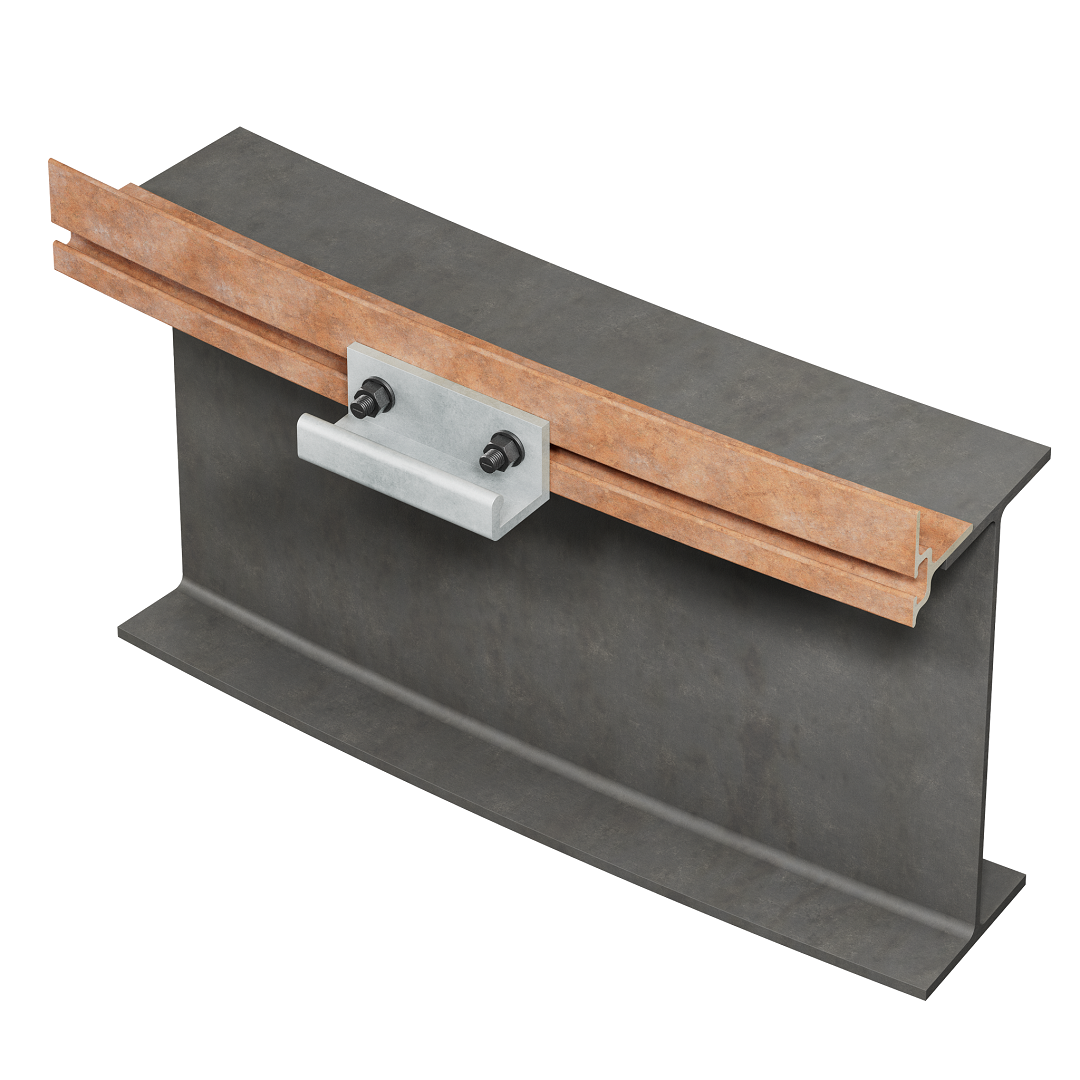
As curved buildings continue to shape the skyline, specifying a highly adaptable attachment system can help overcome the challenges they pose.


